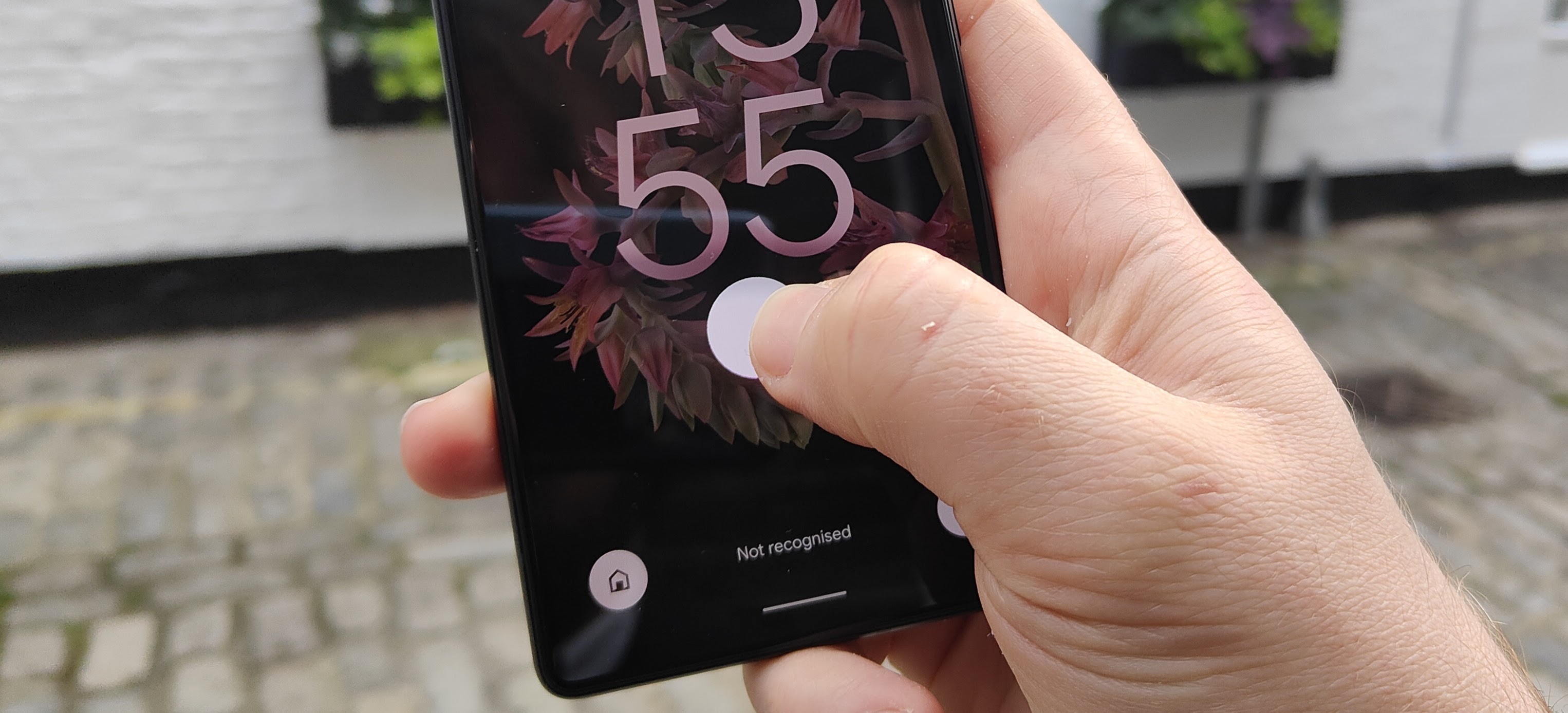Google Pixel 7a — 5 upgrades we need to see
We hope to see the best of Tensor G2 when the Pixel 7a arrives in 2023

We're in for a bit of a wait for the Google Pixel 7a, which likely won't show up until the middle of 2023 if Google's past history with its midrange phone models is any indication. But thanks to Google's recently released flagship phones, we have a pretty good idea of what new capabilities the Pixel 7a might contain.
That's because the big addition to the main Pixel lineup this year was a new Google-designed Tensor chipset. And the Tensor G2 powering the Pixel 7 and Pixel 7 Pro brings a host of new machine learning-driven experiences that help the latest Google devices stand out among the best Android phones.
We can safely assume the Tensor G2 will appear in the Pixel 7a, too. After all, the Pixel 6a that came out earlier this year featured the same Tensor silicon found in the Pixel 6 series. That's going to mean many of the things the Pixel 7 and Pixel 7 Pro can pull off should also be available to Pixel 7a owners — presumably for a lower cost.
While we won't have more concrete Pixel 7a details until we get closer to the phone's expected mid-2023 release, we can at least highlight the features we hope the midrange model will pick up from the current Google flagships. Here's the top Pixel 7 features we hope to see make the transition to the Pixel 7a.
Photo Unblur
Like Magic Eraser on the Pixel 6, the best addition to the Pixel 7 has been Google's Photo Unblur feature. The photo-editing tool does exactly what it says on the label — it uses computational photography to add some focus to blurry shots. Even better, the photos don't have to be one shot by the Pixel 7. In our Photo Unblur tests, we spruced up images captured by a wide range of photos.

Since Magic Eraser appeared on the Pixel 6a after debuting on the Pixel 6, we're fairly confident the same thing will happen with Photo Unblur and the Pixel 7a. And we hope Google repeats what it did for the Pixel 6a, bringing an update to Magic Eraser for the new phone.
Before, Magic Eraser removed distracting bystanders and objects from photos; for the Pixel 6a release, the feature could also mute the color of distracting objects in the foreground. It'd be cool to see Photo Unblur get a similar makeover once the Pixel 7a is ready for prime time.
Get instant access to breaking news, the hottest reviews, great deals and helpful tips.
Direct My Call improvements
One of the best Tensor-powered capabilities has been Direct My Call, which takes some of the pain out of dealing with automated phone menu systems when you make a call. Debuting on the Pixel 6, the original Direct My Call transcribed you menu of options so that you could easily see what happens when you press 1, instead of having to commit options to memory.

The Pixel 7's take on Direct My Call speeds up the process. Now, the text menu appears almost immediately at the start of the call for some numbers. Google says it plans to add more business over time to Direct My Call, as it concentrated on popular 800-numbers for the Pixel 7's launch. Hopefully, the feature casts a wider net by the time the Pixel 7a arrives.
Improved fingerprint sensor and new face unlocking
The fingerprint sensor on the Pixel 6 was one of the most disappointing features on that phone. Getting the sensor to recognize your finger was a hit-or-miss prospect and even when it did register, there'd be noticeable delays in unlocking the Pixel. Performance improved somewhat with the Pixel 6a and Pixel 7, though I still think the fingerprint reader can be finicky. (You've got to lay down your finger pretty flat if you want the sensor to recognize you.)

So yes, I'd like to see the Pixel 7a make even greater strides toward quickly recognizing fingerprints. But with the Tensor G2 apparently able to recognize faces as — you can unlock your Pixel 7 with your face, that's another feature I'm hoping the Pixel 7a can adapt.
Cinematic Blur
The Tensor chip on the Pixel 7 does more than just fix blurry shots or field phone calls — it's also responsible for some of the video improvements on Google's latest phones. The most high profile feature is Cinematic Blur, which adds a shallow field of focus to captured video, resulting in a stylish blur for the background of your shots. Any similarities between this and the Cinematic Mode Apple introduced with the iPhone 13 in 2021 is purely coincidental, we're sure.
Even though the Pixel 7a will be marketed as a midrange handset, there's no reason why it couldn't support Cinematic Blur just as easily as the Pixel 7, assuming it's using the same Tensor G2 chip. And that would certainly give the 7a an edge over other phones in its price range. The iPhone SE 2022 doesn't even support a night mode for low-light photos, for crying out loud — you think it's going to offer a Cinematic Mode for better videos?
Wireless charging
Here's a feature that has nothing to do with Tensor, but it has been MIA from every Pixel A phone Google's ever put out. Wireless charging is one of the ways Google separates its midrange phones from its flagship models. The Pixel 6 and Pixel 7 can charge wirelessly — the Pixel 6a cannot.
We think it's time to end that distinction. We've living in a time when phone makers have stopped including chargers with their phones as a way of reducing the environmental impact of their products (not to mention saving a little money on the cost of including that accessory). They should also include support for technology that makes it easier to charge your handset, which is what wireless charging would bring to the Pixel 7a.
We could be getting our wish here. One rumor points to an unreleased Pixel device with specs that sound a lot like the Pixel 7a's — and it's listed as supporting wireless charging. That rumor's a little thin to buy into right now, but we like the idea of Google bringing new capabilities to the Pixel 7a.
Philip Michaels is a Managing Editor at Tom's Guide. He's been covering personal technology since 1999 and was in the building when Steve Jobs showed off the iPhone for the first time. He's been evaluating smartphones since that first iPhone debuted in 2007, and he's been following phone carriers and smartphone plans since 2015. He has strong opinions about Apple, the Oakland Athletics, old movies and proper butchery techniques. Follow him at @PhilipMichaels.

